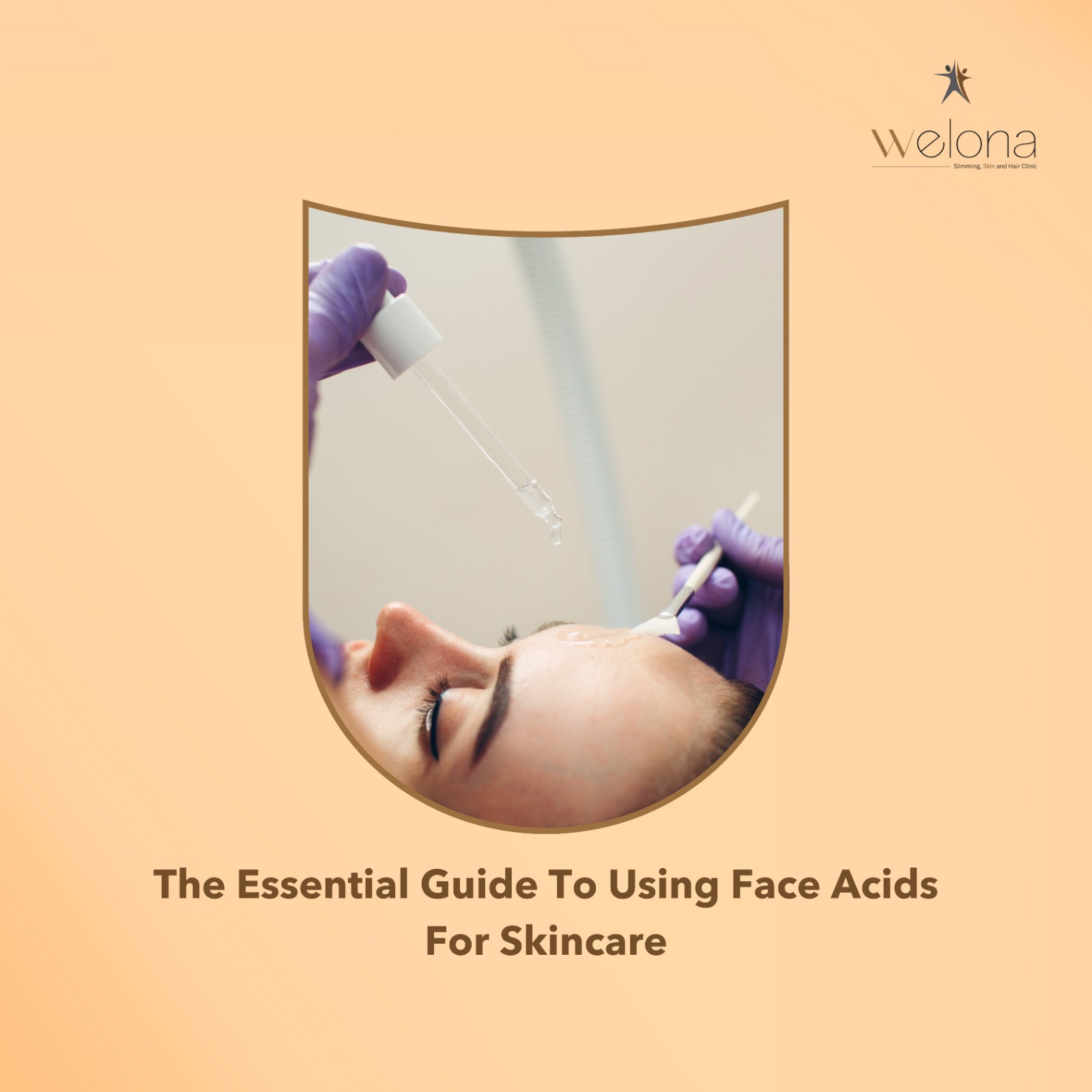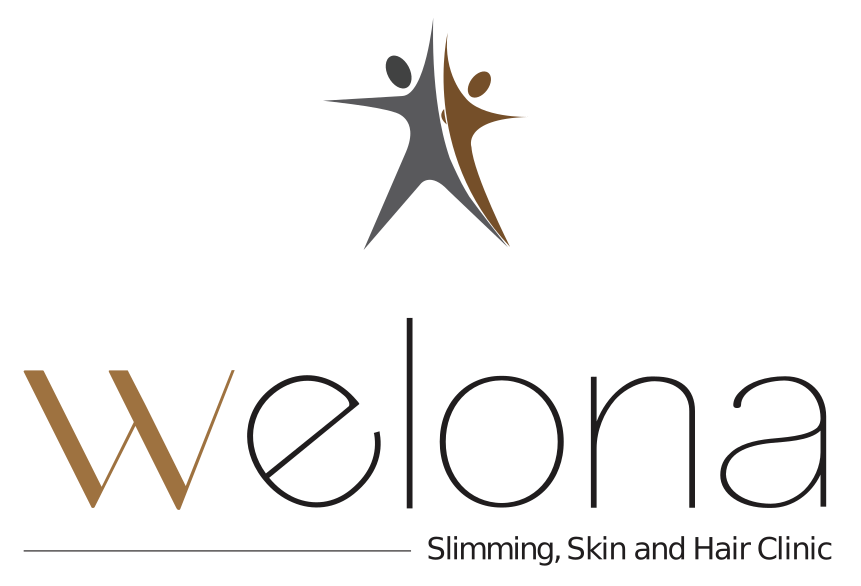
Many skincare enthusiasts turn to face acids for radiant, healthy, nourished skin. In fact, these face acids have become an integral part of skincare routines, targeting a variety of skin concerns with their exfoliating and rejuvenating properties. However, how, how often, and how much to use them is critical to understand to unlock their myriad benefits. This blog will be your comprehensive guide to using face acids for skincare.
What are Face Acids?
These chemical exfoliants shed dead skin cells from the surface of the skin, relieving fresher, smoother and healthier skin beneath. Unlike physical exfoliants that take away dead skin cells through scrubbing, face acids are chemical peels that dissolve the bond between skin cells, letting them peel off more gently. These acids also work to turn over layers of dead skin cells faster than what would happen naturally. This miracle tool can help to fight:
- Removes excess sebum and dead skin cells, helping reduce acne and breakouts.
- Exfoliates the outer layer of skin, leading to a smoother, brighter complexion.
- Accelerates shedding of pigmented cells, reducing dark spots and uneven skin tone.
- Stimulates collagen production, reducing fine lines, wrinkles and age spots.
- Clears out dirt, oil and debris clogging the pores, treating blackheads and whiteheads.
- Prevents moisture loss and provides a deep hydration boost, preserving skin’s elasticity.
Top 3 Categories Of Face Acids in Skincare
It is essential to understand different types of face acids before using them. You must choose the right product based on your skin type and concern to get targeted benefits. Here is a breakdown of commonly used acids on the face for skincare:
Alpha Hydroxy Acids (AHAs)
These are water-soluble acids typically derived from fruits and milk. AHAs are a family of organic acids mainly used in cosmetics in the form of creams and serums to reduce sun damage, fight signs of ageing and more. According to research, AHAs can improve wrinkled skin by increasing the synthesis of glycosaminoglycans and thickening skin.
Examples of AHAs
- Glycolic Acid: Derived from sugarcane, glycolic acid penetrates deeply into the skin to exfoliate, reducing signs of ageing, sun damage and hyperpigmentation.
- Lactic Acid: Derived from milk and mainly synthesized for skincare products, lactic acid is a milder glycolic acid that helps exfoliate and moisturize the skin. It is an excellent option if you have sensitive skin.
- Citric Acid: Derived from citrus fruits, this is a choice for people wanting to even out skin tone and repair the skin barrier. It also adjusts the pH of cosmetic products.
- Tartaric Acid: Derived from grapes, tartaric acid offers mild exfoliation and antioxidant benefits. It can help with sun damage and dark spots and brighten skin.
- Mandelic Acid: Derived from bitter almonds, this acid is a robust option for treating acne, pigmentation and ageing skin. This acid has larger molecules than glycolic, penetrating slowly and offering gentle exfoliation.
Beta Hydroxy Acid (BHAs)
These oil-soluble acids penetrate deep into the pores, reaching the layers underneath. They primarily remove excess oil, dirt, and other impurities that clog pores, inviting breakouts. BHAs help heal active acne, prevent the formation of new ones, and improve the skin’s overall quality.
Examples of BHAs
- Salicylic Acid: Derived from Willow bark, mainly synthesized, salicylic acid is the most sought-after BHA in skincare. This oil-soluble acid penetrates deep into the skin to dissolve dead skin cells and excess oil. It is probably the most potent ingredient for treating acne, blackheads, whiteheads and reducing skin inflammation.
- Betaine Salicylate: Derived from sugar beets, Betaine Salicylate is similar to salicylic acid but is milder. It’s an excellent option for people with sensitive skin looking for BHA treatment.
- Trethocanic Acid: Derived from pine bark, Trethocanic acid is the most potent form of BHA. People who have not responded well to other treatments for acne can try Trethocanic acid.
Polyhydroxy Acids (PHAs)
These are, again, water-soluble acids that help exfoliate the skin’s outer surface. They are gentle chemical peels related to AHAs but have larger molecules, so they do not penetrate deep. Regular PHAs can clear dead skin cells, reduce hyperpigmentation and improve skin texture.
Examples of PHAs
- Gluconolactone: Derived from fruit and honey, Gluconolactone acids are incredible for resurfacing skin and fighting acne while hydrating the skin. They also act as a humectant that helps strengthen the skin’s barrier without causing irritation or inflammation.
- Lactobionic Acid: Derived from oxidized milk sugar, lactobionic acid is one of the gentlest acids that offers mild exfoliation. It reduces oxidative stress while retaining the skin’s moisture. They are suitable for all skin types.
How Do You Get Started with Using Face Acids?
- Patch Test: Always conduct a patch test on a small skin area before overall application to understand the skin’s reaction to the acid.
- Concentration: Start with a smaller concentration of the acid. Typically, use 5%-10% and slowly increase the concentration as your skin builds tolerance for the acid.
- Concern: Know your skin concerns before choosing your face acids. For instance, you would need AHAs to address signs of ageing and acne and reduce hyperpigmentation, while to increase hydration, moisture, and skin elasticity, you will need PHAs.
- Sunscreen: Face acids typically make your skin more sensitive to the sun. Hence, applying a broad-spectrum SPF is essential to avoid adverse reactions.
- Frequency: Face acids primarily work by exfoliating the skin. However, over-exfoliation can irritate the skin. Hence, using only one acid at a time is essential; frequency can be 1-2 times a week.
- Reaction: Notice how your skin is reacting to the applied acid. If you experience excessive dryness, scaling or irritation, reducing the frequency or moving a gentler acid will be a good choice.
- Routine: Start with acid-based toner, face wash or serum into your evening skincare routine a couple of times a week. As your skin adjusts, you can explore more targeted treatments and increase the frequency.
Best Chemical Peel Treatment at Welona in Chennai
When you use the face acids correctly, you are bound to get the results. It addresses a wide array of skin concerns and can be an integral part of your skincare routine. However, slowly and steadily incorporate these powerful acids to let your skin adapt.
Welona Slimming, a Skin and Hair clinic in Chennai, offers the best chemical peel treatment for different concerns. We have qualified experts and certified trainers who will evaluate your skin and offer the most suitable chemical peel treatment. Book a consultation with Welona today and get rid of your skin issues.

